You can travel in Peru on almost any budget, though be aware that the cost of organized tours can easily add up, and there are a few easy ways you can keep your overall costs down.
Here is everything you need to know about the cost of travel in Peru…
Is Peru cheap to travel?
Peru is one of the cheapest countries you can travel within Latin America. This is especially true when compared to the more expensive countries such as Brazil, Costa Rica, or Chile.
This makes Peru a perfect destination for travelers on any kind of budget. As a backpacker, you will be able to keep your costs particularly low by staying in hostels and making use of local food options.
What is somewhat surprising is that costs are more or less the same regardless of whether you’re in the less-touristy areas of Peru (such as Chachapoyas or Ayacucho) or in the more popular cities (Cusco, Lima etc), at least when it comes to all the basics such as accommodation, transport, and food.
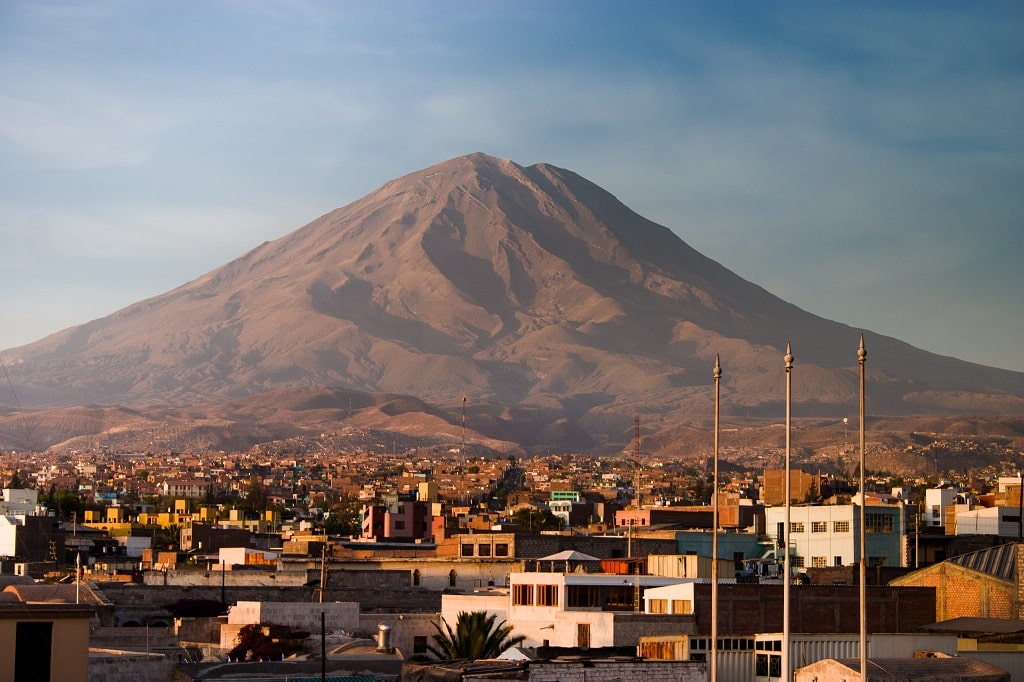
Typical backpacking budget
Budget travelers who want to keep things cheap can expect to spend around $20 a day in Peru (per person). This assumes you’ll be staying in a dorm room in a decent hostel, and sometimes even in the nicer hostel chains (such as Selina, which has nicer amenities).
You’ll be mostly eating in local restaurants, or using kitchens at your hostel to cook your own meals. The local food can be very cheap though, which makes cooking less of a cost-saver than when backpacking in Western countries. It’s still a good option when you’re craving a quick spaghetti bolognese after having had a few too many lomo saltados.
In terms of getting around, you’ll likely be using mostly coach buses between the major points on your route. The local colectivos (shared buses or minivans) or the more fun moto-taxis (tricycles or tuk-tuks) can get you around locally wherever they’re available. You can find more tips here on how to get around in Peru.
For a more comfortable experience expect to spend $30-40 a day when traveling as a ‘flashpacker’ in Peru. On this budget, you can easily upgrade to a budget private room with an en-suite or shared bathroom, and can also eat out at nicer restaurants and order takeaways more often.
Typical daily costs
Here are some basic costs you can expect to spend when traveling through Peru.
- Dorm Bed = 20-40 Soles ($5-10)
- Private Room = 60-80 Soles ($15-20)
- Meal at a Local Restaurant (Menu Ejecutivo) = 8-14 Soles ($2-3.50)
- A Standard Meal at McDonald’s or Burger King = 15-20 Soles ($4-5)
- A 15 Minute Local Colectivo Ride = 1-3 Soles ($0.30-1)
- A 15 Minute Uber Ride (e.g from Miraflores to Barranco) = 6-12 Soles ($2-4)
- Bus from Lima to Cusco (22 Hours!) = 95-115 Soles ($25-30)
- A one-way flight from Lima to Cusco (with baggage included) = 220-300 Soles ($60-80)
Of course, these costs can vary, but overall these basic costs seem quite consistent across the country. One aspect that can eat into your travel budget a bit more, however, are any tours and other paid tourist experiences.
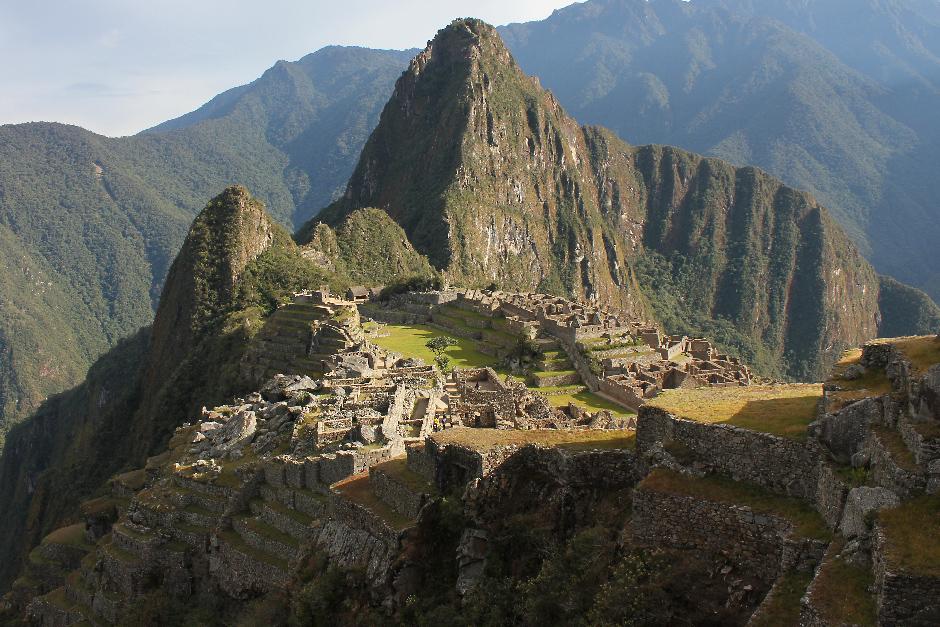
Cost of tours
While day-to-day costs are low throughout Peru, if you are traveling in the popular south of Peru you will probably end up spending a fair bit on tourist activities.
A typical southern loop that includes Lima, Cusco, Machu Picchu, Nazca, Lake Titicaca, etc. will likely have you quickly hopping between various paid organized activities. Based on a shorter backpacking trip of a couple of weeks, this can increase your average daily spend a fair bit.
While some activities can be done independently, many key sights are often best experienced with a local tour. For example, the floating islands on Lake Titicaca are difficult to do by yourself (unless you have a boat!) and the Colca Canyon hike gets a lot more complicated if you’re trying to do it self-guided; it will involve a 6-hour trip by public transport during the day instead of 2 hours by tour minivan in the early morning.
Some of the places on the southern Peru backpacking trail, most notably Machu Picchu, have become so popular that visitor numbers have been strictly capped and prices have increased in recent years.
Here are some indications of costs:
- A Half-Day Tour in Cusco (through local agencies) = 40-80 Soles ($10-20)
- Machu Picchu Tour = 220-380 Soles ($60-100)
- Machu Picchu Trek = at least $600 (the price is almost always quoted in US dollars) if you book in Cusco, potentially more if booked online
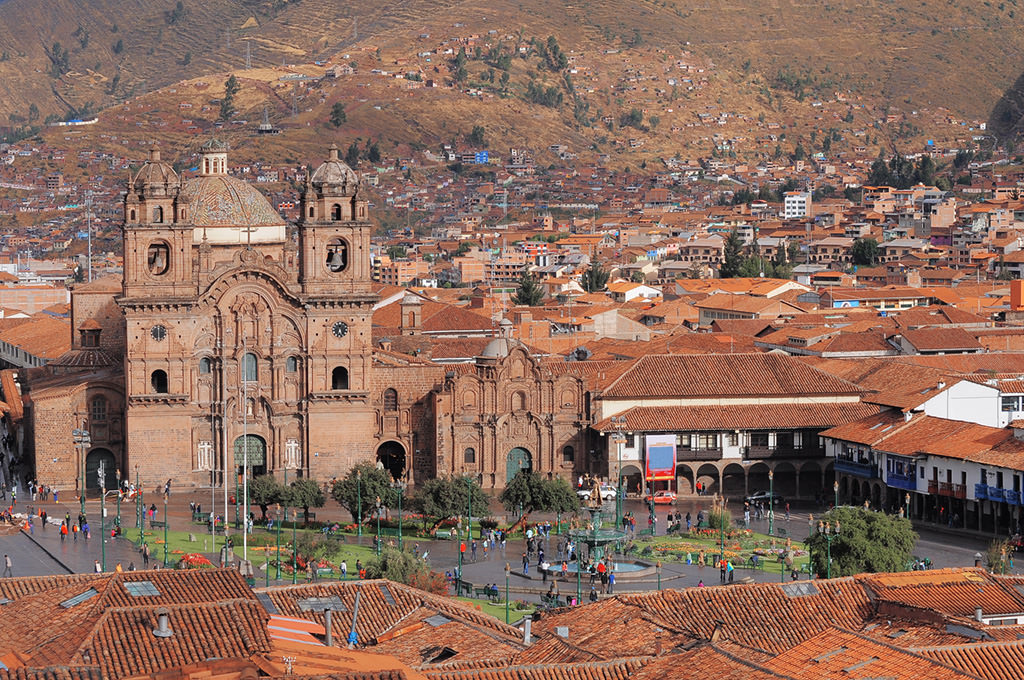
How to save money
Finally, we’ll share some money-saving tips that will help you keep your costs down when backpacking in Peru.
Take Advantage of the Menu Ejecutivo – This is by far one of the best eating options you can save with when in Peru (and in other South American countries too). This set meal offered in many restaurants will typically involve a starter (usually a Soup or Papa Rellena), a main (chicken or vegetable-based dish) as well as a refillable drink. They tend to really pile on the amount of food too, so you’ll be feeling pretty nice and full after. Even better is that you’ll get the opportunity to try more authentic Peruvian dishes.
Consider making lunch your main meal of the day and having a lighter dinner to take full advantage of these menu ejecutivos. You can find them in the local restaurants around town.
Be Flexible with Bus Schedules – When traveling between destinations, you’ll find many online sites like RedBus or 12Go which make it easy to plan in advance. However, those with a more open schedule can head directly to the terminal and jump on the next departing bus.
The bus companies slash prices heavily to sell those last seats, and you can save as much as 50% on any particular route!
Make Friends with Locals – Not only will you have a more inclusive and authentic experience in Peru, you’ll also learn many local tricks to saving. This includes how to take local colectivos in Lima, the cheaper (yet still good quality) restaurants as well as inexpensive fun things to do. You’re also less likely to get overcharged for taxis!
Some links may be affiliate links, meaning I may earn commission from products or services I recommend. For more, see site policies.
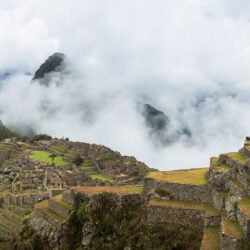
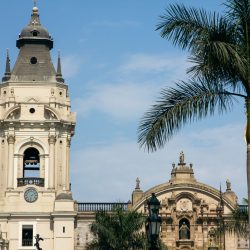





also how to save money you could add this : be more aware of atm fees abroad…i constantly pay a lot , now found an app that really helps, ATM Fee Saver, it basically just shows atms around with no or low fees for withdawing money. super easy and helpful, check it out